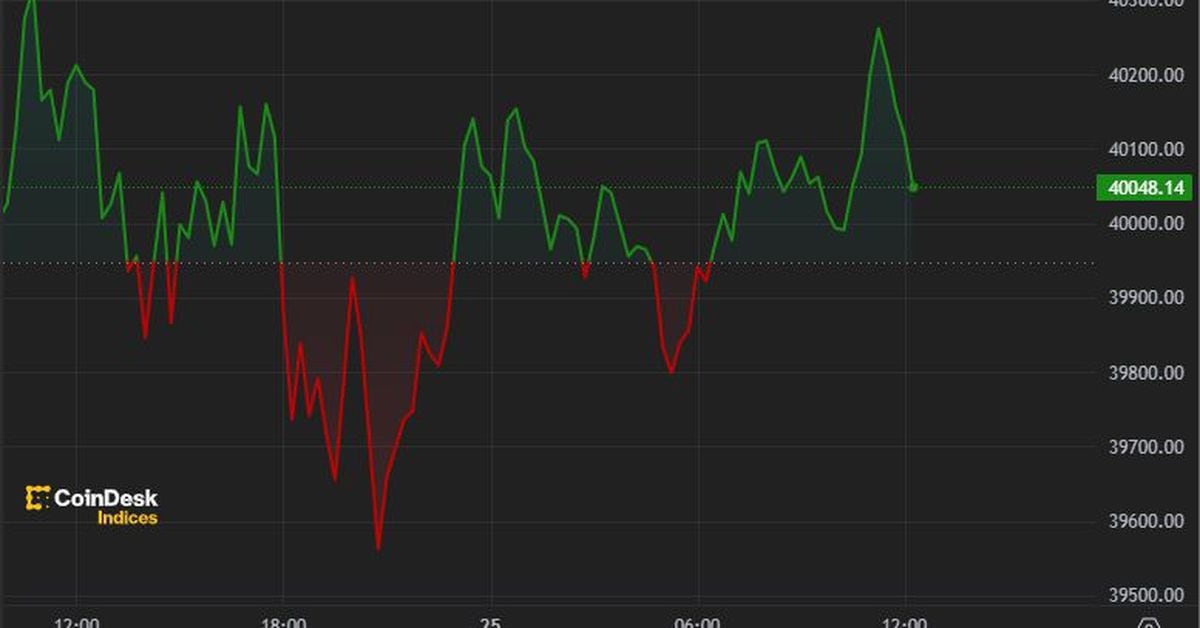The Future of Payments: Unveiling the Truth Behind Blockchain Technology 💸
Beyond Monetary Transactions The Potential Competitiveness of Blockchain Technology in Payment SystemsMisunderstanding Blockchain Payments
Payments are one of the most promising areas for blockchain technology. But I believe they are not always well understood, and the discussion sometimes gets confused and overly ambitious.
💡 Have you ever wondered why blockchain hasn’t completely taken over traditional payment systems? It’s because centralized systems, like mainframes, are actually incredibly efficient. Decentralized systems, on the other hand, involve a lot of copying of data and verification, which makes them less efficient. While decentralized systems are improving, they still have a long way to go to catch up to centralized systems. So, why are people so fascinated with blockchain payments? Let’s delve deeper.
The Cost Confusion 🧾🚫
One prevailing myth is that old technologies, like mainframes, are driving up the cost of payments. But in reality, centralized payment systems are highly efficient. The true drivers of high costs in traditional payments are complex regulatory requirements and a lack of competition. This often leads to misunderstandings and inaccurate comparisons.
🔍 Comparing a highly regulated system to one that operates in a gray area can be misleading. Many crypto-based remittance applications do not run comprehensive know-your-customer and anti-money laundering checks, which can be costly and challenging to implement. However, this cost advantage is unlikely to last as regulations tighten.
- Crypto AI Tokens: A Rollercoaster Ride of Enthusiasm and Suspicion 🎢💸
- 🌐🤖 The Intersection of Blockchain and AI: Insights from Security Expert Ari Juels
- Instant Settlement: Transforming Work and Reward
💼 Low levels of competition also contribute to high payment costs, both in business-to-business and consumer-to-consumer transactions. There are only a few major global payment networks, though competition in this space is increasing. On the consumer side, the highest costs arise from retail networks, especially when it comes to payments between people without bank accounts. These transactions rely on physical retail networks that accept cash, which only a few companies have built.
🚀 This lack of competition presents a significant opportunity for crypto payment firms to enter markets with more functionality and lower prices. While breaking into the consumer side may be challenging due to well-established retail networks, specialized networks like Lightning for bitcoin and layer 2 solutions in the Ethereum ecosystem are leveling the playing field with low costs and impressive speed.
The Business Advantage 💼
On the business side, blockchain technology has the potential to drastically reduce costs and create a sustainable advantage through differentiated technology. While main-net transaction costs in Ethereum may initially seem higher, the introduction of smart contract functionality changes the game entirely.
📝 Enterprises often make payments to each other as part of complex agreements. This process involves verifying the receipt of goods or services and ensuring compliance with agreed-upon terms. According to the American Productivity and Quality Center (APQC), the average large company spends around $100 to run this process, with the majority of the cost stemming from human labor.
🔁 Smart contracts revolutionize this process by automating compliance checks and conditions. The result? Faster execution at a fraction of the cost. While the actual on-chain payment may be slightly higher, the overall cost reduction for running the business process is significant. EY’s real-world experience shows a 40% cost reduction, and further improvements are expected as skills in this space evolve.
⛓️ The biggest obstacle to implementing business processes on-chain has been the lack of built-in privacy and data integration from enterprise systems. However, the advent of Zero Knowledge proofs (ZKPs) and circuits has paved the way for addressing these concerns. Companies will still need to connect their enterprise systems to on-chain smart contracts, but this requirement is relatively straightforward for most cases.
🌍 Currently, fully digital end-to-end systems made possible by smart contracts are mainly used by large companies. These systems, built on private infrastructure, are highly customized and too costly for most smaller firms to adopt. However, as blockchain access becomes more widespread in the business world, we’ll witness not only increased efficiency but also a more level playing field for small firms against large enterprises.
📊 Future Outlook: The Revolution Continues
🔮 Looking ahead, the future of payments lies in further improving the efficiency and accessibility of blockchain technology. The journey involves addressing the limitations of decentralized systems, enhancing competition, and integrating smart contracts with enterprise systems. By doing so, we can unlock even greater cost reductions and widespread adoption.
💡 As blockchain technology evolves, it’s important to remember that payments aren’t just about efficiency; they’re also about fair competition and providing equal opportunities for businesses of all sizes.
🔗 Check out these resources to dive deeper into the world of blockchain payments:
- The Impact of Blockchain on Payments
- Blockchain in Payments: A Glimpse into the Future
- Securing Blockchain Payments
- How Smart Contracts are Changing the Future of Payments
- Decentralized Finance: The Future of Payments
- The Rise of Cryptocurrency in Payments
- Unlocking the Potential of Blockchain Payments
📣 Now it’s your turn! What are your thoughts on the future of blockchain payments? Share your ideas in the comments below and let’s continue the conversation. Don’t forget to spread the knowledge by sharing this article on your favorite social media platforms. Together, we can build a better payment ecosystem! 💪💰
We will continue to update Blocking; if you have any questions or suggestions, please contact us!
Was this article helpful?
93 out of 132 found this helpful
Related articles
- The Ethereum Cancun-Deneb Upgrade: Paving the Way for Mass Scalability
- The Rise of Bitcoin: A Sleepy Giant Awakens 🚀🌙
- It’s Time to Scrap AML/KYC Entirely: Why the Current System is Flawed
- Sam “SBF” Bankman-Fried’s Sentencing Recommendations: What You Need to Know 🧐
- Tim Draper: A Testament to Resilience and Vision
- Ethereum’s Dencun Upgrade: A Temporary Solution to Scalability
- The Exciting Arrival of Spot Bitcoin ETFs in the US 🎉🚀






